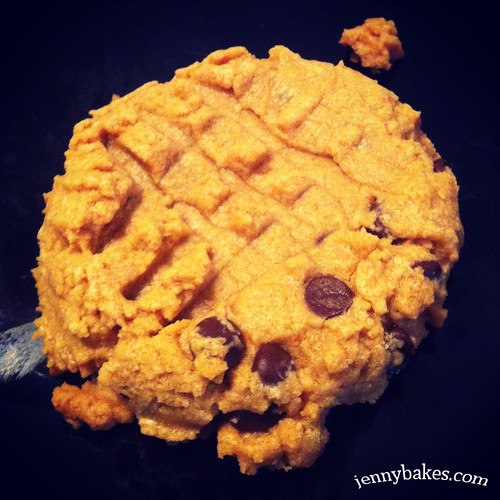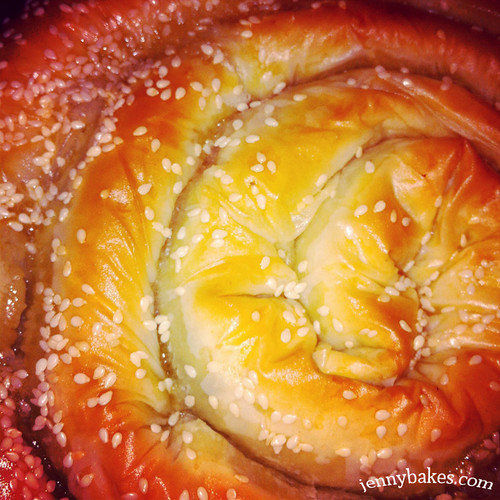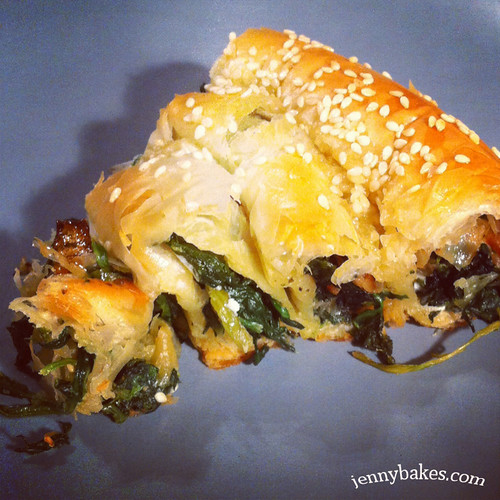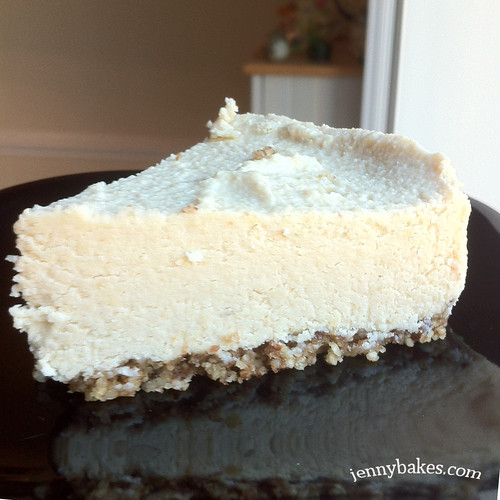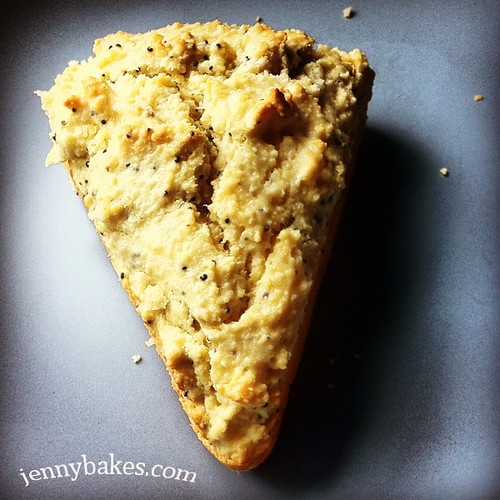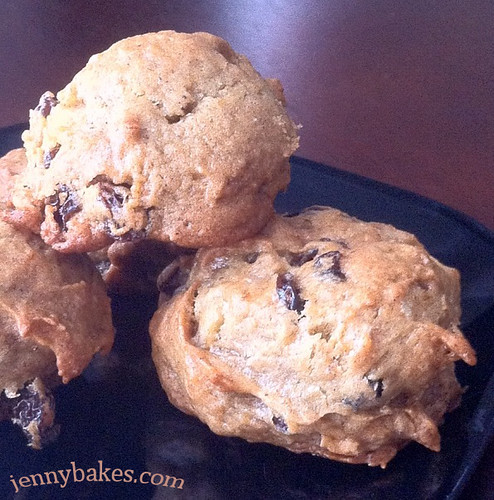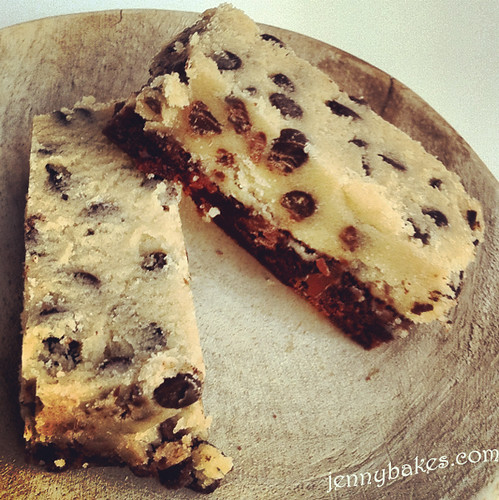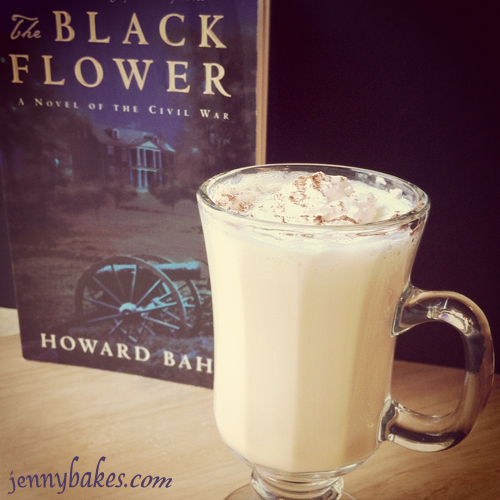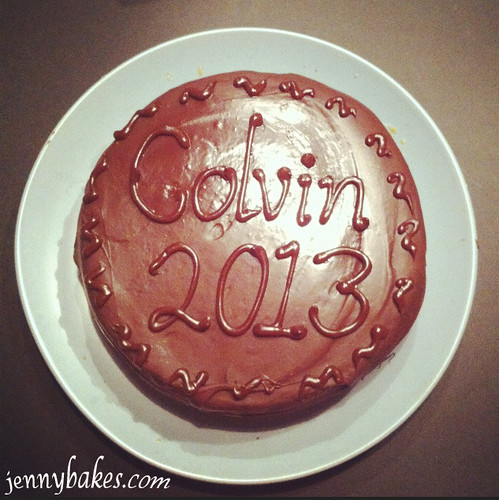State: Indiana (2 of 52)
Baked Good: Persimmon Cookies
For my Around the USA challenge, I have already found myself in Indiana. It does not seem like an accident because I lived in Indiana for six years, from 2000-2006. A lot of the memories I have fit with old-fashioned recipes like persimmon cookies - I worked in a church of mostly elderly people, I worked at a tearoom where we served mainly old-fashioned desserts, and we lived in tiny town of Greencastle with festivals on the town square.
Greencastle was not the only town with a festival. Festivals were everywhere. We went to the Apple Butter Festival, the Dogwood Festival, the
Canal Days Festival, the
Feast of the Hunter's Moon.... but our favorite (and very close by) was the
Covered Bridge Festival. It is hard to describe, exactly. An enormous expanse of white tents covering multiple fields, full of people selling everything from flea-market appropriate goods, to handcrafted items, to food.
It was at the Covered Bridge Festival where I was first introduced to the persimmon. In a little corner near some art exhibits were several people selling persimmon pudding. I had no idea what a persimmon was, let alone know what it tasted like. In 2005, when my friend Kimberly was visiting from Oregon, we went to the Covered Bridge Festival and I tried persimmon pudding. It is a pudding in the traditional/English sense of the word - a very moist cake, almost. They served it with a creme anglaise on top, if I remember right. That was also the first time I tasted morels!
So basically, when I started listening to a book set in Indiana, I couldn't get persimmons out of my mind. Sharing a persimmon pudding seemed difficult (after all, they are best piping hot), so I found a recipe for persimmon cookies on the
Pinch My Salt blog. I made half a batch because pulping persimmons is a lot of work, and I wasn't sure I had enough to get a full cup of pulp. I also wasn't sure how they would taste; the scent reminded me of some essential oil samples I had tested once and rejected.
My student workers loved them. Two researched persimmons and told me factoids I did not know. My favorite is the health risks of eating unripened persimmons, found on
Wikipedia:
Unripened persimmons contain the soluble tannin shibuol, which, upon contact with a weak acid, polymerizes in the stomach and forms a gluey coagulum, a "foodball" or phytobezoar, that can affix with other stomach matter.[14]
These phytobezoars are often very hard and almost woody in consistency.
More than 85% of phytobezoars are caused by ingestion of unripened
persimmons.[15] Persimmon bezoars (diospyrobezoars) often occur in epidemics in regions where the fruit is grown.[16][17][18]
Diospyrobezoars should not be of concern when consuming moderate
quantities of persimmons. One case in medical literature from 2004
revealed a 51-year old patient who had eaten a kilogram (2.2 pounds) of
unpeeled persimmons each day for 40 years.[19][20] Surgery is sometimes employed, but Coca-Cola has also been successfully used to chemically shrink or eliminate persimmon-related bezoars.[21]
Take away: no need to be concerned about too many unripe persimmons in your cookies; just serve them with Coca-Cola. But how many foods do YOU make that contain the possibility of creating phytobezoars? Terrifying! These same students went back for more, so I guess the scientific intrigue did not outweigh the tasty cookies.
If you aren't scared away, without further ado, the recipe:
Persimmon Cookies
(from the
Pinch My Salt blog, where she has a family story and great pictures of the diferent types of persimmon)
1/2 cup shortening (I used butter.)
1 cup sugar
1 egg
1 cup persimmon pulp
2 cups all purpose flour
1 teaspoon baking soda
1/2 teaspoon salt
1 teaspoon cinnamon
1/2 teaspoon cloves
1/2 teaspoon nutmeg
1 cup chopped walnuts
1 cup raisins
1. Preheat oven to 350 degrees. Grease or line two baking sheets with parchment paper and set aside
2. In a medium bowl, whisk together the flour, soda, salt and spices; set aside.
3. In a separate bowl, cream the shortening with the sugar using a hand
mixer. Beat in egg then beat in persimmon pulp. Slowly beat in the
flour mixture until everything is combined. By hand, stir in the nuts
and raisins.
4. Drop by rounded spoonfuls onto prepared baking sheets. They can be
placed close together because these cookies don’t spread much.
5. Bake for approximately 12-15 minutes. Let cool on baking sheets for
five minutes and then remove to a wire rack to cool completely.
Yield: approximately 36 small cookies
Other resources I used:
gardenmagik on YouTube has several videos on persimmons:
Pulping Persimmons
Persimmon Pudding (with her Grandmother)
Persimmon Seed Magic
